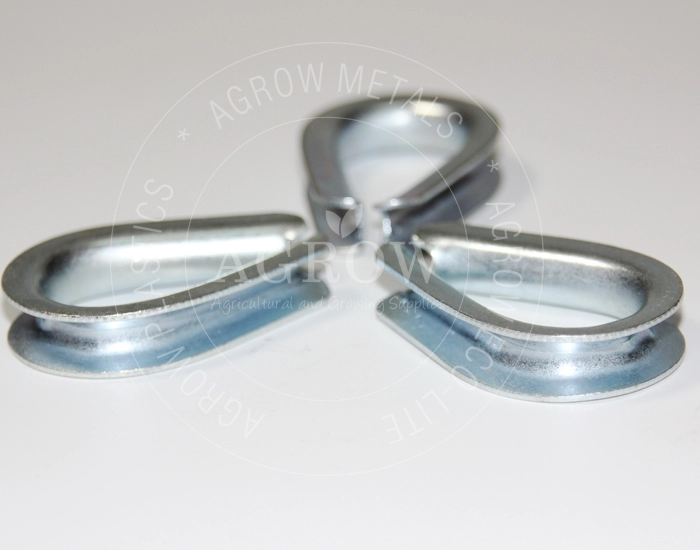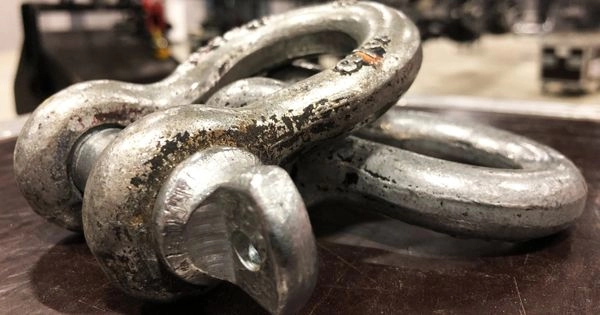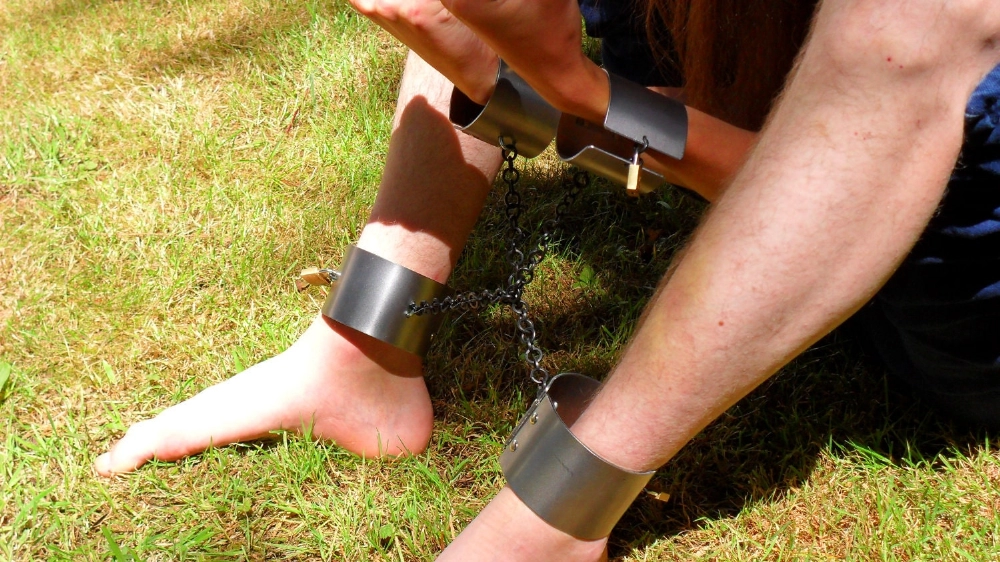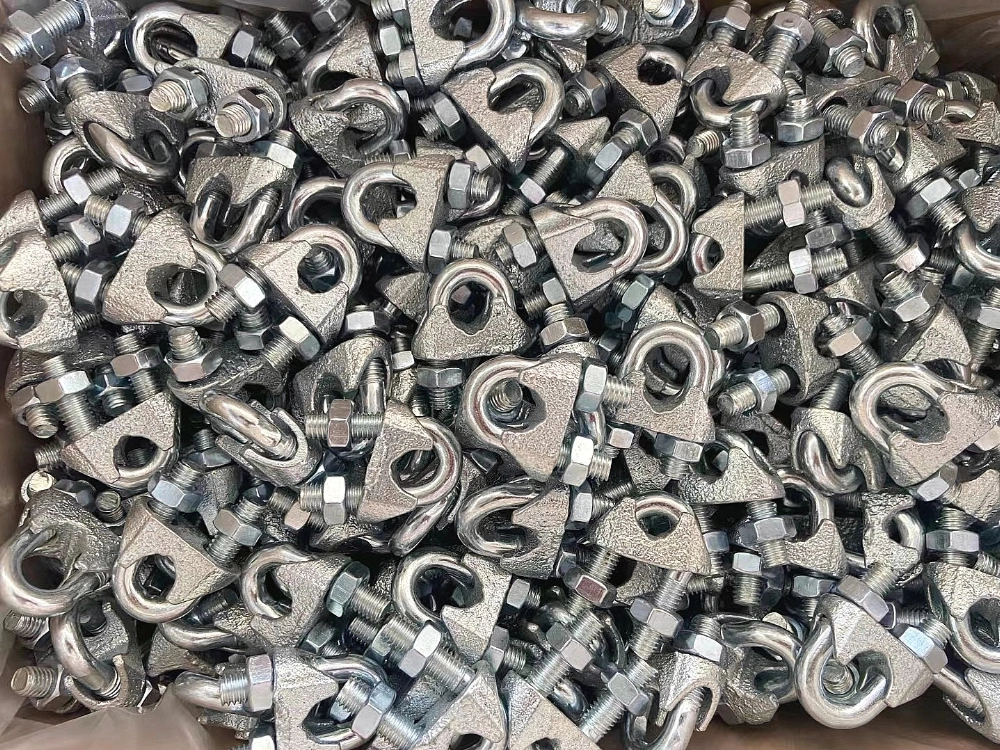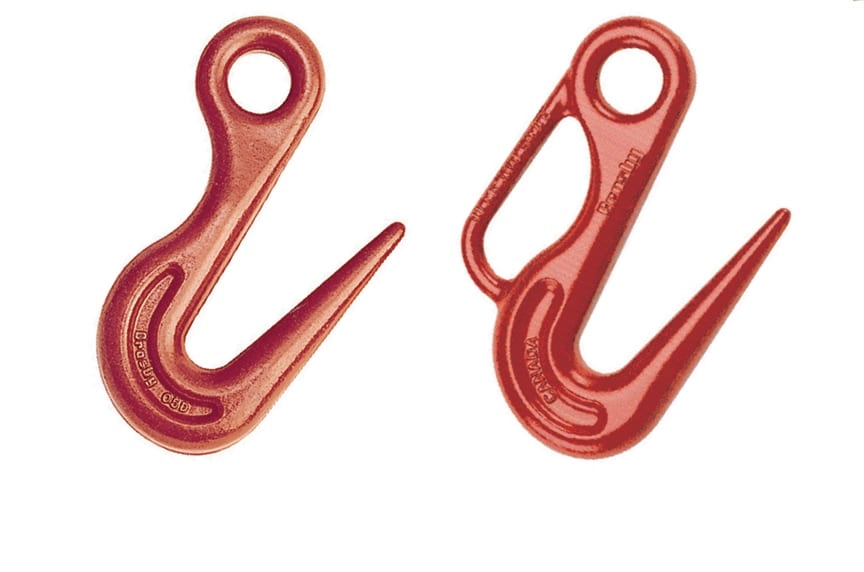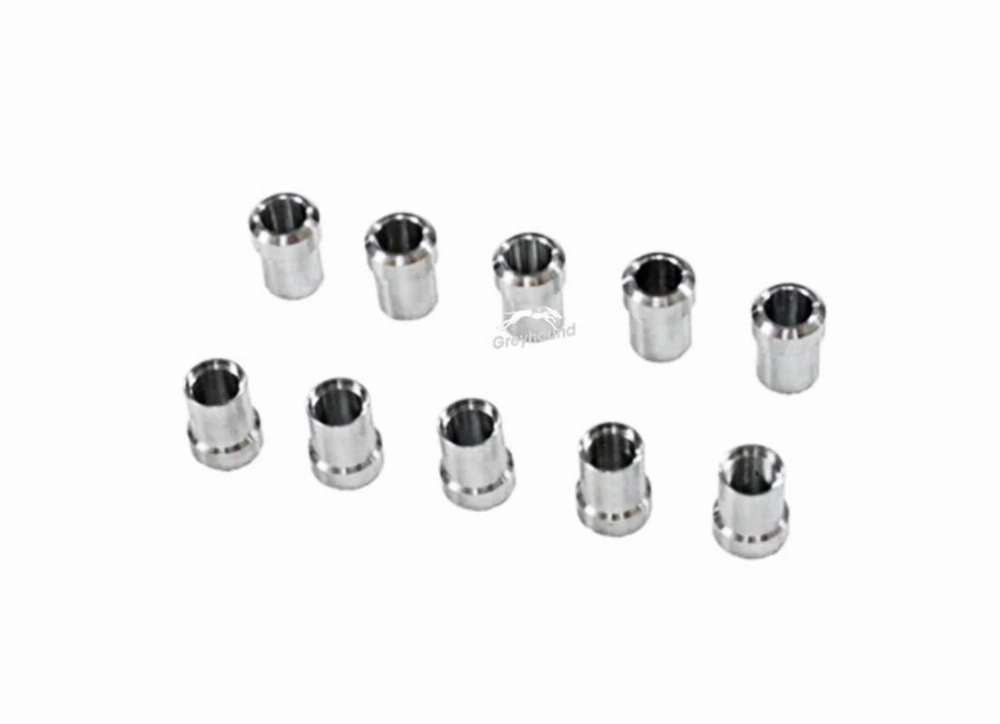Need help? Write to us info@hqlifting.com
- Charging Accessories
- Lifting accessories
- Steel Cable
- Beam cart
- Turnstile for load securing
- Load Ratchet Strap
- Lifting current
- Chain for Load Lifting
- Lifting equipment
- Slings
- Steel Cable Tensioner
- Polyester slingshot
- Load binders
- STEEL HOOK
- Steel Cable Clamp
- Electric winch
- Permanent magnets
- Steel Cable Clamp
- moitão
- Carabiners
- Screw With Eyelet
- Lifting Clamp
- Talha Manual
- Uncategorized
Call our consultants or chat online
+86 151 4514 5178
how to load with strap and ratchet
Proper load securing is crucial to avoid risks in industrial transportation. Certified equipment follows NBR 16227 and ABNT ISO 10525 standards. They ensure safety and uniform force distribution. To secure the load correctly, it is necessary to perform tension calculations and technical adjustments.
The fastening systems with reinforced polyester straps and mechanical ratchets support up to 10 tons. The load tying technique requires evaluating the center of gravity. The strategic positioning of the fastening points is also important.
Main Points
- ✅ ISO 10525 certified straps ensure resistance to dynamic loads.
- ✅ The nominal load capacity must be 2x greater than the total weight of the merchandise.
- ✅ Angulation between 30° and 45° minimizes lateral stresses in the fixation.
- ✅ Weekly visual inspection and elongation measurement (≤5% of the original length) are mandatory.
- ✅ Automatic locking system on the turnstiles prevents desynchronization during transport.
Technical Specifications: Straps and Ratchets for Load Securing
Choosing the right equipment to secure loads requires technical knowledge. Load securing with ratchet straps follows strict standards. This ensures safety in industrial operations. Here, we detail materials, capacities, and essential compliances for critical applications.
Types of Strapping Tapes and Their Applications
Synthetic belts have important technical properties:
- Polyester: Ideal for loads up to 5,000 kg with a WLL of 2,500 kg and a maximum elongation of 2%. Abrasion resistance ISO 10545.
- Nylon: Capacity of 10,000 kg in widths of 75mm. Suitable for heavy loads with a safety factor ≥4:1.
- Polypropylene: For loads up to 2,000 kg in dry conditions, with a LC of 500 kg at 25mm. ✅ EN 12195-2 Certifications.
| Width (mm) | Maximum Capacity (kg) | Resistance (N/mm²) |
|---|---|---|
| 25 | 500 | 450 |
| 35 | 2.500 | 600 |
| 75 | 10.000 | 900 |
Turnstiles must meet requirements such as:
- Standard Model: For loads up to 5,000 kg with a galvanized carbon steel mounting arm.
- Long Lever: Manual operation with capacity up to 8,000 kg. ✅ Stainless steel for corrosive environments.
- Built-in: Integrated into metal structures, with electrodeposition treatment. ISO 17025 certification.
To securely tie cargo with a ratchet strap, the safety factor is important. It is also essential to follow NBR 16.227 standards. Consult our technical catalog for complete details on dimensions and certifications.
Technical Procedure for Proper Tying with Strap and Ratchet

Tying with strap and ratchet requires attention to avoid risks. The process has seven important steps to follow safety standards. It is essential to follow the protocol from start to finish, from inspection to final locking.
Safe Fixing and Tensioning Steps
The method follows certified standards to ensure effectiveness and safety:
- ✅ Pre-operational inspection: Evaluate belts and ratchets according to ISO 12438 standard. Discard equipment with wear greater than 10% of the thickness.
- ✅ Anchor positioning: Fix support points on the truck chassis, respecting a maximum distance of 1.5m between links.
- ✅ Calculation of the number of straps: Use formula: (Load weight x safety factor 1.5)/strap capacity. Example: 5t → 3 straps of 4t each.
- ✅ Passing the belt through the ratchet: Align the belt at 45°-60° relative to the transport axis for optimal force distribution.
- ✅ Controlled tensioning: Gradual adjustment with tension gauge. Maximum of 80% of the strap's nominal capacity.
- ✅ Final check: Resistance test by applying lateral pull (50kg of force). Repeat on all links.
- ✅ Permanent lock: Use the mechanical ratchet lock after adjustment. Ensure locking against vibrations and impacts.
For VUC category trucks, position fastenings close to the rear wheels. On trailers, keep the spacing between tie-downs less than 2.5m. Inadequate angles (below 45°) reduce effectiveness in 30%, according to studies by ABNT NBR 14.000.
Specific Applications: Tying Techniques for Different Vehicles

To ensure safety in specific transports, adapted techniques are essential. Vehicles such as trailers and bicycles require technical protocols aligned with safety standards.
Fixation Protocols for Trailers and Bicycle Transport
✅ For trailers:
- Maximum load: 300kg to 3500kg, according to ISO 17025 certifications;
- Tie-down points must comply with ABNT NBR 16.228 regulations, with fastening to metal support structures;
- How to put the strap on the trailer ratchet: install the belt on the tensioning mechanism with a direct fit on the ratchet hook, ensuring a 30° angle for uniform force distribution;
- Reflective labels are mandatory when the load exceeds the vehicle's dimensions.
✅ For bicycles:
- How to tie the bike with a strap and a ratchet: position the strap around the seat tube and between the axles, avoiding direct contact with electronic components;
- Use foam protections on sensitive surfaces (carbon frames);
- Tension must be uniform, with 5%-10% of maximum elongation in the strap.
Dynamic tests prove that proper techniques reduce slip risks by up to 98%. Consult ANTT standards for cargo transport on Brazilian highways.
Safety and Technical Compliance in Load Securing
Safety and technical compliance are very important. They ensure that everything works well and prevent legal issues. Let's talk about how to keep the equipment in good condition and avoid risks.
Preventive Maintenance and Inspection of Straps and Ratchets
✅ Technical inspection: It is essential to perform visual and tactile inspections from time to time. This helps to find wear, cuts, or deformations in metal parts. It is also important that the ratchet works well and that the strap seams are intact.
✅ Cleaning procedures: To clean, it is necessary to use approved methods. This removes oils, solvents, or abrasive materials without damaging the equipment. It is important to avoid chemicals that could harm the structure of the materials.
✅ Storage: The equipment must be stored in dry and protected places. This prevents damage from UV rays and chemicals.
It is important to keep inspection records. They must follow technical standards. Resolution 552/CONTRAN establishes safety rules for cargo transportation. If these rules are not followed, the carrier may face financial penalties and even suspension of operations.
Following these protocols ensures not only operational efficiency but also legality. This protects both the operators and the transported cargo.
Share:

June Han /founder and designer
The co-founder of Hqlifting, sales director, amateur writer about fitness business

